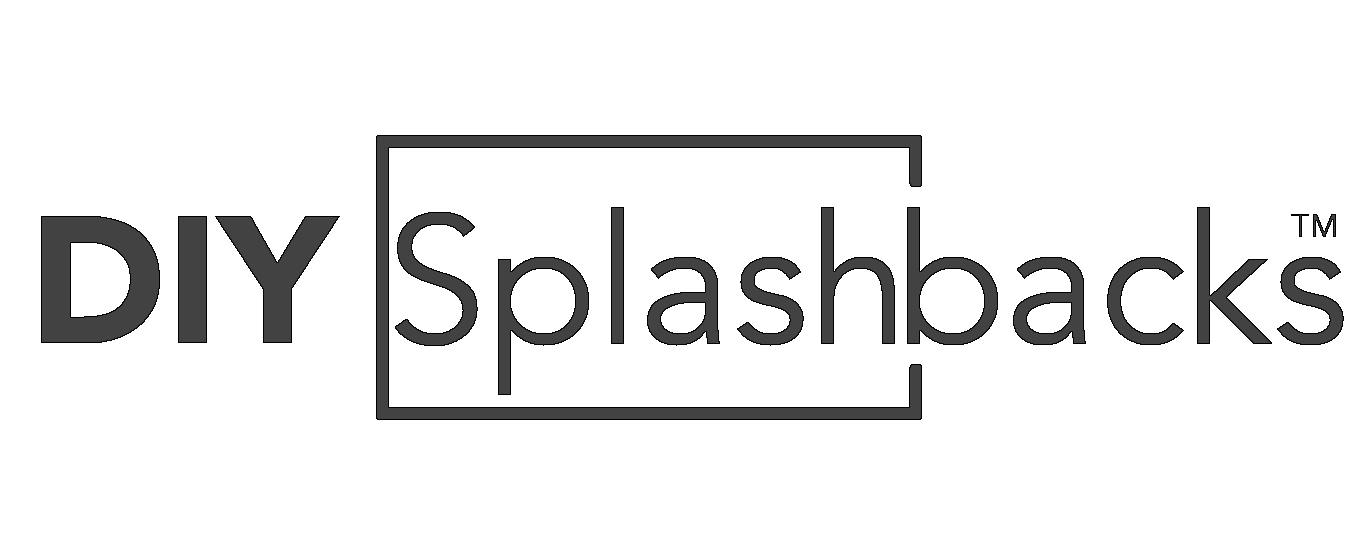Glass splashbacks have become a popular choice for both functional and aesthetic reasons in modern kitchens. They not only protect your walls from splashes, stains and heat, but also add a sleek and contemporary look to your cooking space. How long can you expect a glass splashback to last? In this blog post, we will explore the factors that influence the lifespan of glass splashbacks and offer some tips on how to prolong their durability.
Tip 1: Quality Matters
The lifespan of a glass splashback is heavily dependent on its quality and the materials used. High-quality glass, typically toughened or tempered glass, is designed to be durable and long-lasting. It's more resistant to breakage and can withstand exposure to high temperatures, making it suitable for kitchen use. Cheap or low-quality glass, on the other hand, may not last as long and can be more prone to damage.
Tip 2: Proper Installation
The way a glass splashback is installed plays a crucial role in its longevity. If not installed correctly, issues such as uneven weight distribution, gaps, or poor sealing can arise, leading to premature wear and tear. To ensure your glass splashback lasts, it's essential to hire a professional installer with experience handling glass surfaces. Proper installation also minimises the risk of accidents and ensures that the splashback remains secure over time.
Tip 3: Maintenance and Cleaning
The way you clean and maintain your glass splashback can significantly impact its lifespan. Fortunately, glass splashbacks are relatively easy to care for. Regular cleaning with mild detergent and a soft cloth can keep them looking pristine. Avoid using abrasive or acidic cleaning agents, as these can damage the glass and its backing. Additionally, inspect and replace any damaged sealants or adhesives used during installation as needed to maintain the integrity of the splashback.
Tip 4: Impact and Scratches
Glass splashbacks can withstand typical kitchen-related impacts, such as accidental knocks from pots and pans, but they are not indestructible. Sharp or heavy objects can cause chips, cracks, or even shattering in extreme cases. Be mindful of how you handle kitchen tools and utensils around the splashback to prevent unnecessary damage.
Tip 5: Sunlight and Heat Exposure
Glass splashbacks are often installed near stovetops and ovens, which means they are exposed to heat regularly. While toughened glass can handle high temperatures, prolonged exposure to intense heat can weaken the glass over time. In addition, direct sunlight exposure can lead to the fading of any printed or coloured glass splashbacks. If you have concerns about heat exposure, consult your installer for heat-resistant glass options.
Tip 6: Design and Style Changes
Another factor to consider is whether you may want to change the design or style of your kitchen. As interior design trends evolve, you might decide to update your kitchen's look. In such cases, the glass splashback's lifespan may be limited by the desire for a fresh appearance rather than any structural issues.
In Conclusion
In conclusion, the lifespan of a glass splashback can vary depending on the quality of the materials, installation and maintenance. High-quality toughened glass, professional installation, and proper care can extend the life of your glass splashback. On average, you can expect a well-maintained glass splashback to last for many years, often exceeding a decade. However, if you discover any symptoms of damage, such as chips, cracks, or fading, you must treat them as soon as possible to prevent additional degradation and maintain the durability of your glass splashback. Finally, with proper care and attention, a glass backsplash may be a long-lasting and elegant addition to your kitchen.
